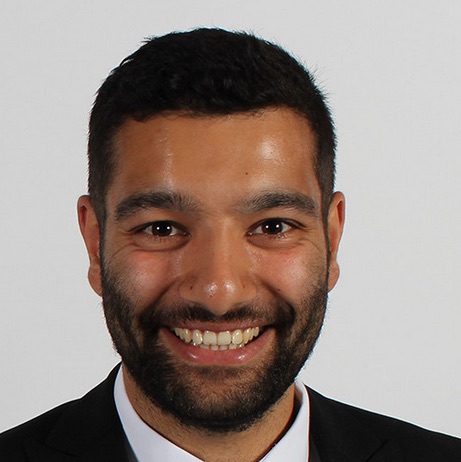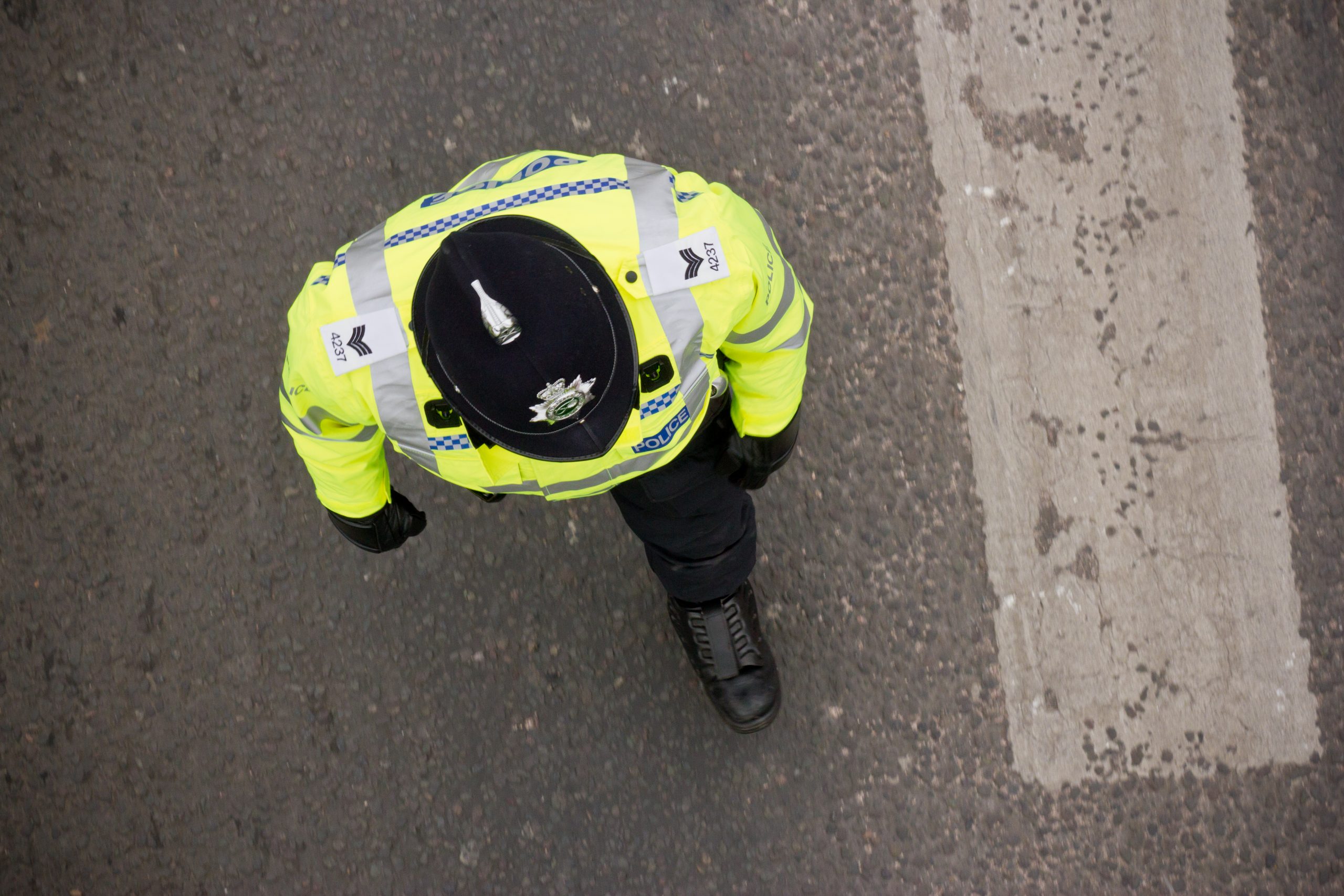Black people in England and Wales were almost nine times more likely than white people to be stopped and searched for drugs, according to new research, writes Oliver Subhedar.
The report published by Stopwatch together with the drug law experts Release and the London School of Economics and Political Science recorded that whilst the number of stop and searches had ‘fallen sharply’ for all ethnic groups, it fell most sharply for white people ‘even though they had relatively modest rates of exposure at the outset’.
In 2014 Theresa May, as Home Secretary, introduced a programme of reforms to combat the disproportionate use of stop and search on black people. All 43 police forces signed up a revised code of practice clarifying what constituted ‘reasonable grounds for suspicion’. The joint study aimed to evaluate the effectiveness of those reforms.
The report claims to challenge a narrative that followed the 2014 reforms. According to the reports’ authors: ‘Police leaders have repeatedly called for an increase in the use of stop and search to address knife crime amid claims that reform has gone “too far” and officers are afraid of using their powers in case they are accused of racism.’
In 2016/17, just over in ten of stop and searches (11%) were exercised on the suspicion of violent crime and, by contrast, almost two thirds (62%) were conducted on suspicion of drug offences. The ‘find rate’ of drugs during stop and searches was lower for black than white. Black people were more likely to be arrested, following a stop and search, whereas white people were more likely to be given an out of court disposal. See below for a summary of findings.
Stop and search was ‘an integral cog in a racially disproportionate criminal justice system’, wrote David Lammy MP in the report’s foreword. The MP argued that the unrepresentative use of stop and search powers perpetuated a ‘paranoid and generalised suspicion toward an entire community’, whilst exacerbating pre-existing distrust of the police by a black population who feel justifiably aggrieved. For them, stop and search reflects a stigmatisation by police officers who, in Lammy’s words ‘could not tell one black boy from another’.
The report also highlighted significant variation between police forces which, the reports’ authors argued, was concerning for two reasons. Firstly, it demonstrated that the use of stop and search was largely dependent on local police policy; and that there were higher levels of disproportionality in areas that had a high BME population, such as London.
Stop and search numbers were high in deprived areas even when this did not correlate with high levels of drug use which suggested deprivation was a bigger driver in the exercising of stop and search rather than crime. In affluent areas, white people experienced very low levels of stop and search. However, black people experienced ‘heightened rates of intervention’, which in view of the authors, suggested that black people were being ‘singled out for suspicion’ in rich neighbourhoods.
According to the report, the 2014 reforms had done nothing to alleviate disproportionality in the use of stop and search powers by police and, in fact, the discrepancies had actually widened in the intervening period. The current situation was ‘reminiscent of what happened after the Stephen Lawrence Inquiry, when reforms aimed at reducing disproportionality met a largely defensive response from police and were successfully resisted’, Stopwatch concluded.
The report made a number of recommendations for how to deal with disproportionality in police use of stop and search, including the use of primary legislation to ensure that stop and search powers were used fairly; reforms to PACE (the Police and Criminal Evidence Act); and an assurance that no new powers would be introduced without confirming that the current powers were being used fairly.
In summary
- Use of stop and search has fallen sharply, dropping by 75% from 2010/11 to 2016/17.
- Half of all stop-searches were targeted at drugs in 2010/11, rising to almost two-thirds by 2016/17.
- The intensity of the focus on drugs varies sharply between forces: 82% of stop-searches during 2016/17 were for drugs in Merseyside compared with 46% in Durham.
- Black people were stopped and searched at more than eight times the rate of white people in 2016/17. Asian people and those in the ‘mixed’ group were stopped and searched at more than twice the rate of white people.
- Black people were stopped and searched for drugs at almost nine times the rate of white people, while Asian people and those in the ‘mixed’ group were stop-searched for drugs at almost three times the rate of white people.
- The ‘find’ rate for drugs was lower for black than white people, suggesting that such searches are carried out on the basis of weaker ‘grounds’ for black people.
- Black people were stopped and searched at a higher rate than white people by every force in England and Wales during 2016/17. Disproportionality ratios varied from 1.7 in Durham to 20.4 in Dorset for all stop-searches; and from 1.7 in Cleveland to 26.5 in Dorset for drug searches.
- Stop and search was responsible for 39% of all arrests for drugs in 2016/17 compared with 3 per cent of arrests for other offences.
- Stop and search accounts for a much larger proportion of arrests of black than white people: 17% compared with 5% for all offences; and 57% compared with 31% for drug offences.
- Black people were prosecuted for drug offences at more than eight times the rate of white people in 2017. This compared with almost four times the rate for all indictable.
- Black people made up a quarter of those convicted of cannabis possession even though they comprise less than 4% of the population.
- Black people were sentenced to immediate custody for drug offences at 9.1 times the rate of white people, but given suspended sentences at 5.6 times the rate of white people.







